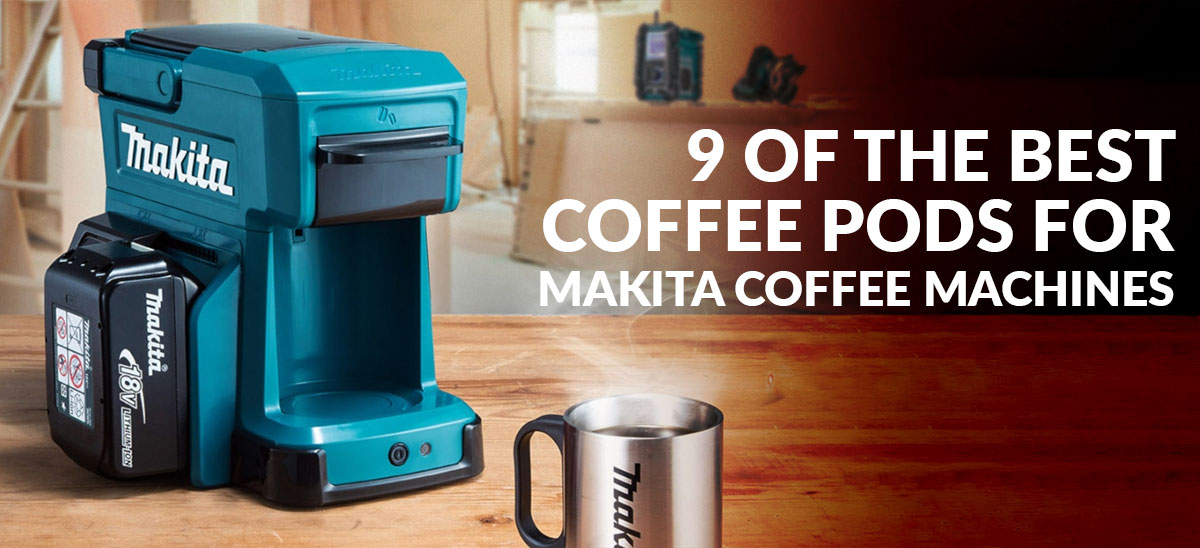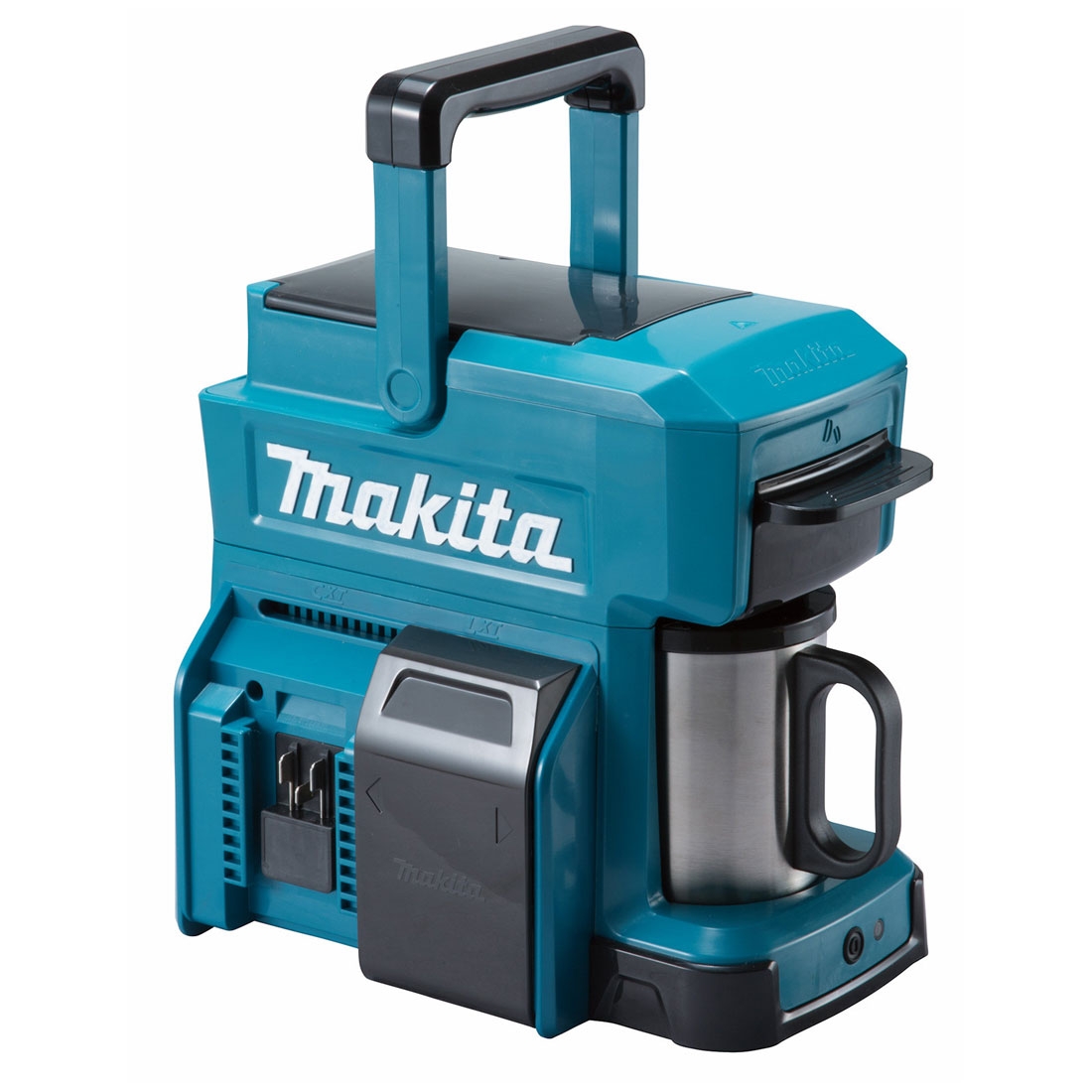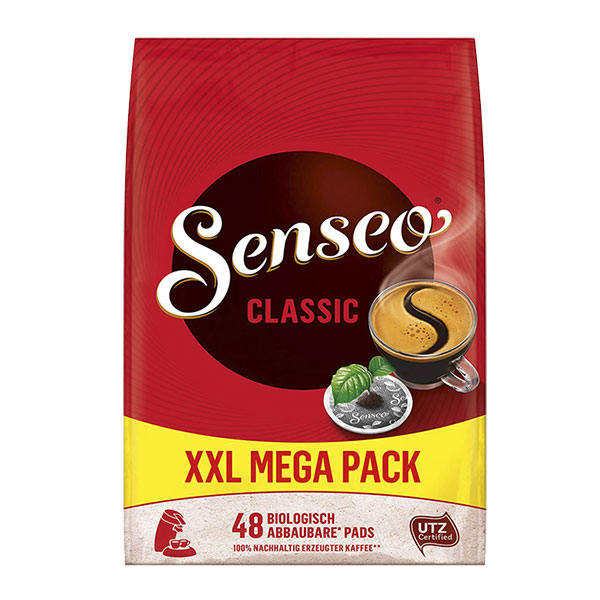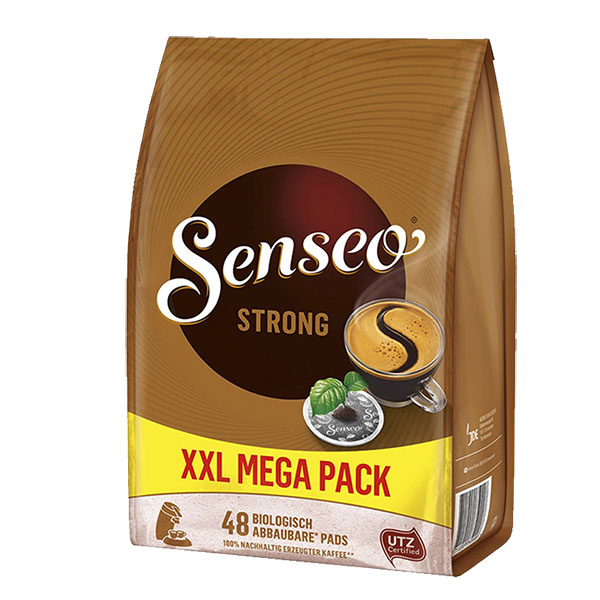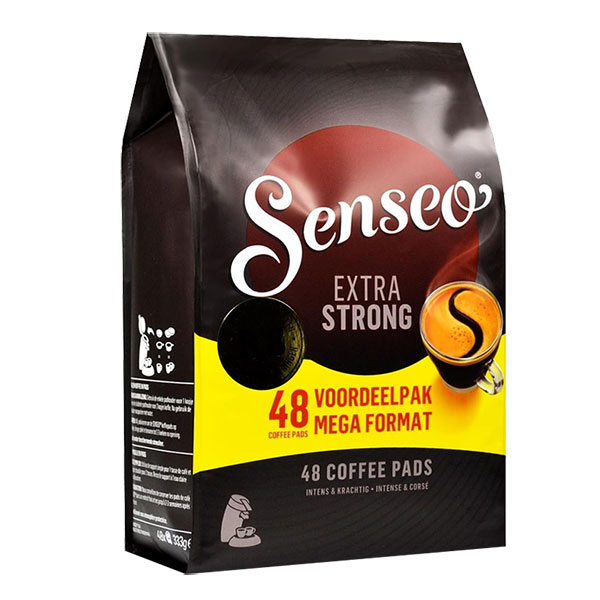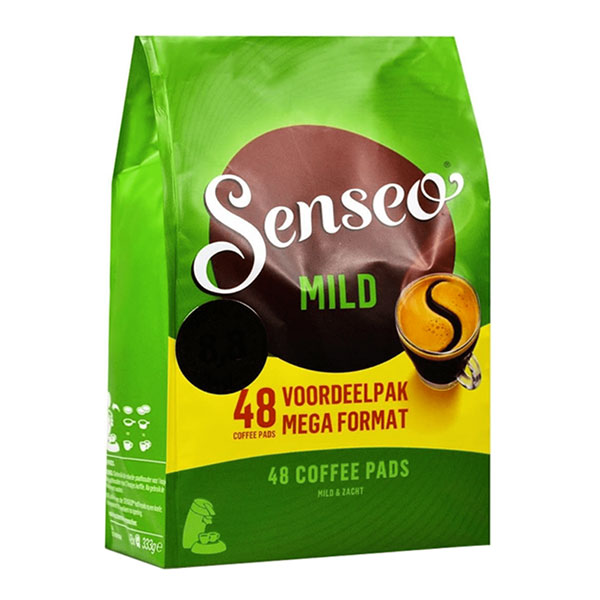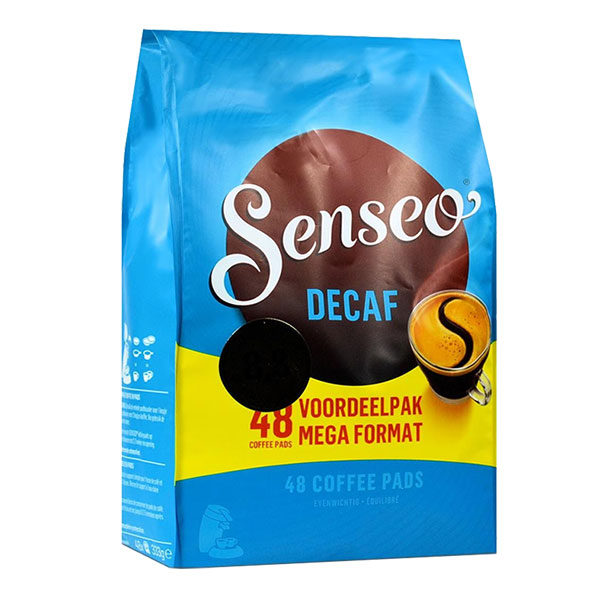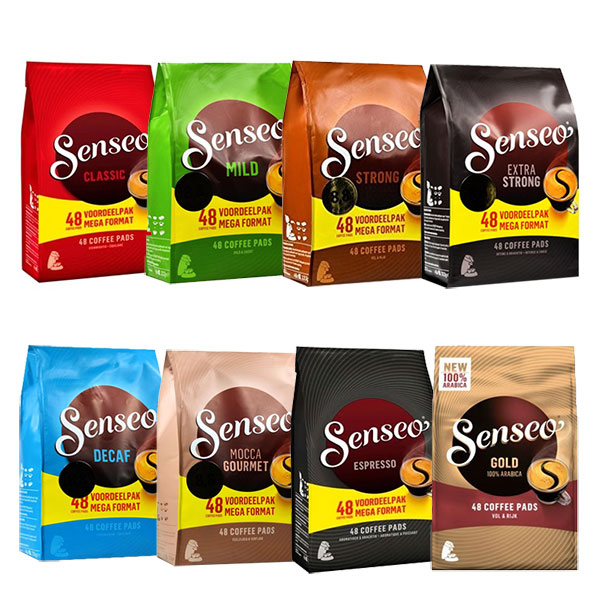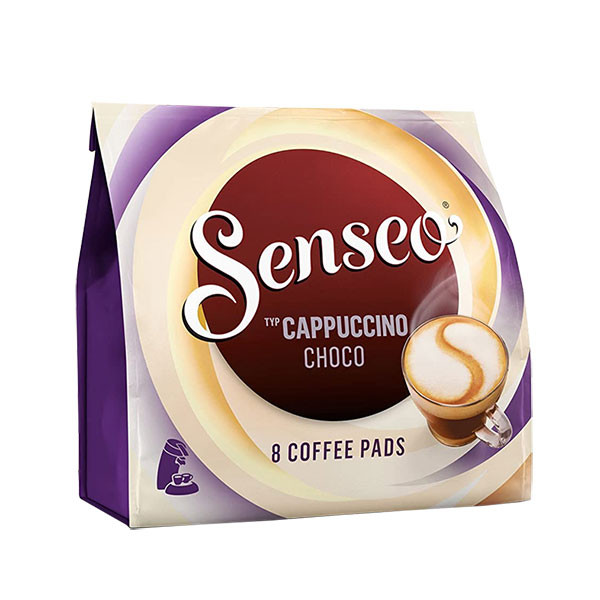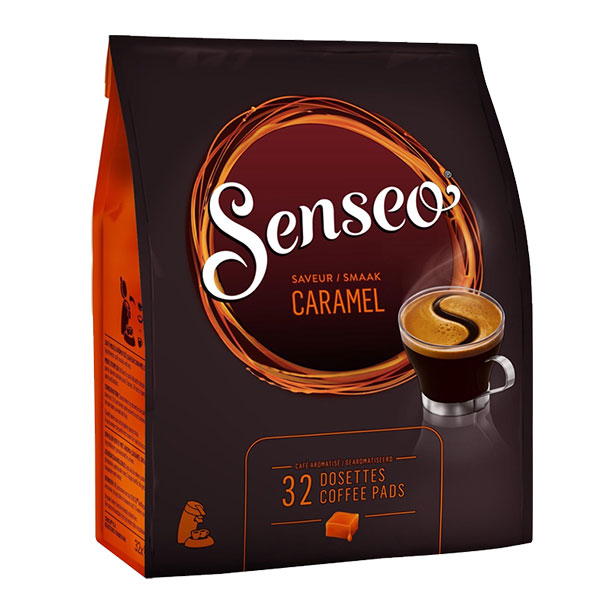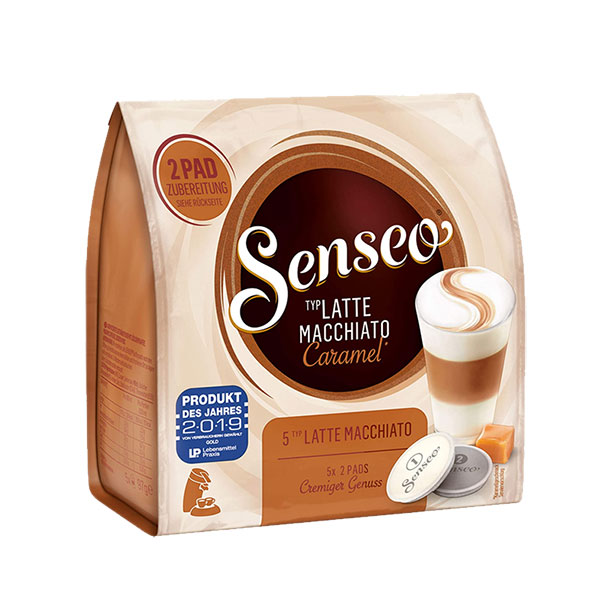New DHP486 Makita 18v LXT Combi Drill Soon to Launch in UK
- By Matthew Hornung
- 22 Jul 2021
In 2014, Makita launched their new DHP481 flagship cordless, high torque hammer drill, overtaking many other types of high torque hammer drills with an enviable Hard Application Max torque of 115-130 Nm.
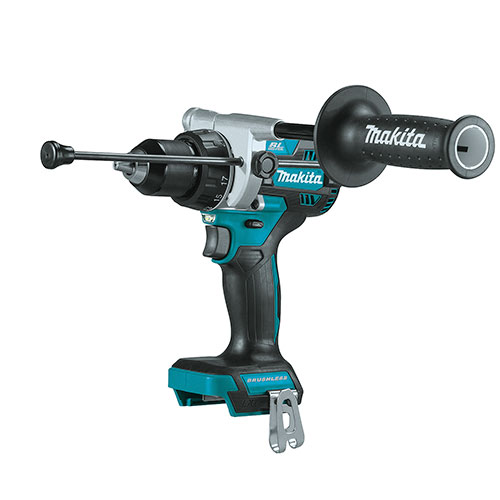
Now in 2021, Makita have seemingly announced the launch of the DHP486 18v LXT combi hammer drill and DDF486 drill driver in some countries. Stats for both the combi drill and drill driver are the same, including RPM range (0 – 2,100rpm), lock torque (125Nm 130Nm), size (178 x 81 x 248mm) and majority of features. The new DHP486 combi drills will eventually replace the DHP481Z and DHP481RTJ, which of course were previously considered the best in the range.
Depending on what users need, there are two options available. For those only needing the tool, the DHP486Z makes the ideal choice. Or, there’s the DHP486RTJ which comes with two 5.0Ah batteries (BL1850), a charger (DC18RC) and a carry case. One big difference with the DDF486 drill driver is that it is lighter, thanks to the absence of the hammer drilling mechanism within.
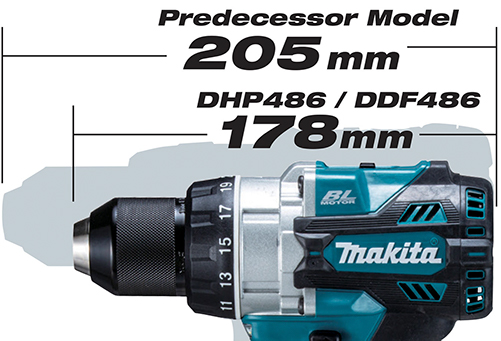
While the new DHP486 combi hammer drill does look similar to the original DHP481, Makita has confirmed that it is the most robust drill in its class, thanks to the 130 Nm of torque it offers from its brushless motor. This allows the tightening of heavy-duty fasteners, for example, a 9 x 50mm lag bolt in screwdriver mode.
Another reason users will love this new model is that it’s approximately 14% smaller than the DHP481. Measuring just 178 x 81 x 248mm, it’s more likely to fit into compact spaces, thanks to the optimised gear assembly design.
Impacts Per Minute and No-Load Speed
Specifications such as Impacts Per Minute and No-Load Speed remain equal to those of the DHP481, with a max of 31,500 ipm and a No Load max speed of 2,100 rpm. Some users don’t appreciate an RPM over 2,000, as when using larger drill bits, the drill struggles. With a max RPM of 2,100 on the highest setting, the option of a lower gear and thus a lower RPM of up to 550 rotations per minute is welcome. Users have regularly favoured higher RPMs over the years, possibly for no other reason than that they look good on paper!
Nevertheless, this drill has some impressive drilling capabilities. For example, it can drill into siding board to a depth of 170mm, while when using a hole saw attachment, it can drill as deep as 152mm. For wood, it’s capable of drilling to a depth of 76mm, while an auger bit can go as deep as 50mm. The drill can also tackle concrete up to 16mm and steel up to 13mm.
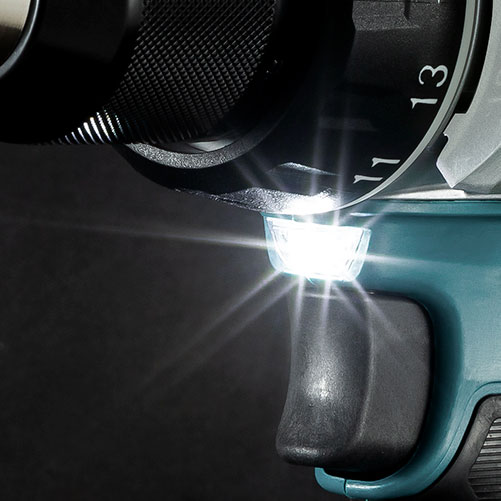
The LED light still remains in its original place – above the trigger, with twin LED’s as well as a handy after-glow function. The separate mode select collar has been eliminated to achieve a shorter length. While some people do prefer different mode select collars, the trend seems to be to remove this for the sake of a shorter drill.
Something else we love about the new model is the fact that it features XPT technology. XPT is a protective seal featured inside the drill, making it more resistant to dust and water and protecting the critical components inside. Because of this, people can use the drill outdoors or in harsh environments. 


Final thoughts
Some final things to know about the new DHP486 include the vibration level and k factor, and sound pressure level. When drilling metal, the vibration level is 2.5 m/s2 or less, whereas, for concrete, this is 8.0 m/s2. Similarly, the k factor when drilling metal is 1.5 m/s2, whereas this is 1.5 m/s2 when impact drilling into concrete.
If you’re concerned about sound, this device produces 84 dB(A) at sound pressure level and 94 dB(A) at sound power level. The noise k factor is 3dB(A). All of which is a slight improvement versus its predecessor.
Accessories thought to be included with this drill include a side grip assembly, depth stop, belt clip, bit and bit holder. More on this as we get it!
